Within Hexanine’s DNA is a commitment to involvement in the future of our profession, and part of that is working alongside talented design students. We enjoy featuring great student from the classes we teach, so here is some of the latest:
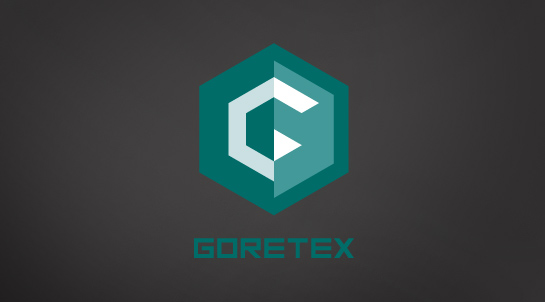
Within Hexanine’s DNA is a commitment to involvement in the future of our profession, and part of that is working alongside talented design students. We enjoy featuring great student from the classes we teach, so here is some of the latest:

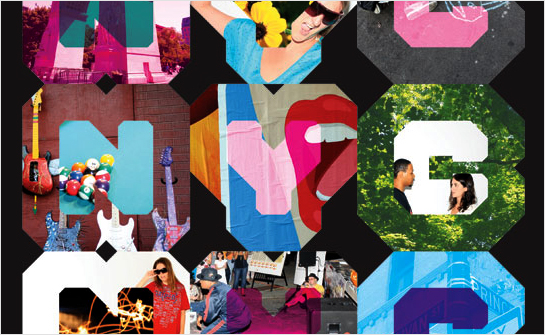
During the research phase of a recent identity project, we spent some time revisiting numerous examples of what we like to call “fluid identities” — logo systems that use multiple iterations of a mark (or series of marks) to communicate a particular aspect of a brand. These might take the form of a logo that changes with each viewing, or a singular mark that gets impregnated with different imagery, depending on the context. At one point, these types of projects were few and far between, but now these isolated examples have grown into a full-blown trend. The days of the static logo are certainly not extinct, but this persistent way of thinking about malleable identities seems like a portend of things to come.

Whether you call it crowdsourcing, spec work, community-based design, or participatory creation, it’s fundamentally the same animal. Crowdsourcing is the act of oursourcing tasks (in our case, design) to a large group of people as part of an open call for solutions or deliverables. This might take the form of a contests, RFPs, or clients who want a “test drive” before committing to a creative firm.
In the design world, some examples are crowdsourced logos, tshirts, and a variety of other marketing and design initiatives. While the crowdsourcing concept has worked its way into the business practices of some organizations, the execution is still controversial. AIGA, the professional association for design, has taken a stand against it specifically and also contributes to the ongoing dialogue against its use. Heated comments and criticism always fly in this debate, but most of the questions boil down to one for practicing designers: Is this practice “the way of the future” or is it a deeply-flawed model of working in design and branding?

We’re sure this has never happened to you, but sometimes brands misstep and the results aren’t pretty. Whether it’s because of bizarre weather patterns, changing stylistic trends, the rise of American Idol style voting, or slow news cycles, some logos just aren’t well-received. And to be fair, some logos are crappy, objectively. But assuming the work you and your team have launched isn’t a horror show, chances are that it’s decent, solid and professional. But that doesn’t mean everyone will like it. Sometimes the Internet brings the hate.
We’re squarely into 2011, and as we contemplate the year gone by, we thought it’d be appropriate to share some inspiration based on the weather. So, here’s a post to keep you warm at night as winter marches on: 10 great snowflake-inspired logos.

Squaw Valley 1960 Winter Olympics
As Thanksgiving approaches, we’ve been reflecting on the many creative people who’ve inspired and challenged us to grow, stretch our limits and be the absolute best designers possible. In the spirit of thanks and sharing, below are (in no particular order) 14 designers of all kinds who’ve influenced us throughout our careers. Whose inspiration are you thankful for? Let us know in the comments below.
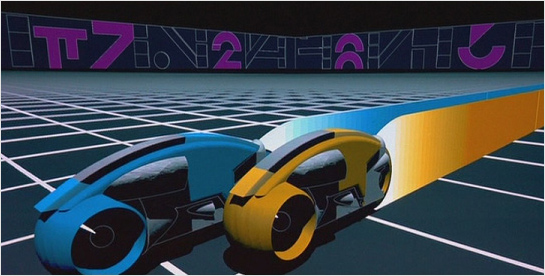
Syd Mead
The concept designer and futurist behind visuals in films like Blade Runner and the original Tron, Mead’s forward-looking designs have brought the future to the present.
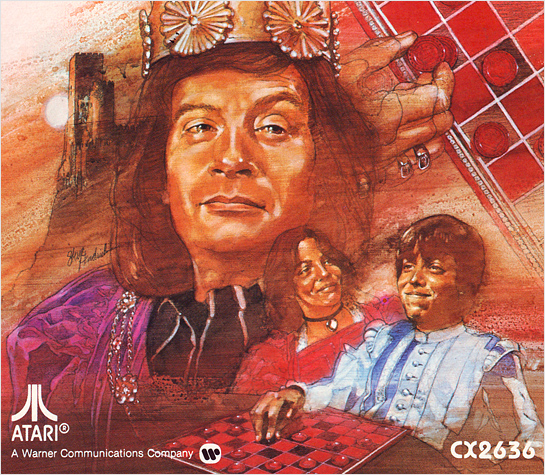
One of the great things about design is its ability to act as a window in time, for us to get a taste of what that era was like. If we’re old enough, those combinations of words and images conjure up powerful memories, associations and emotions. Great design does that.
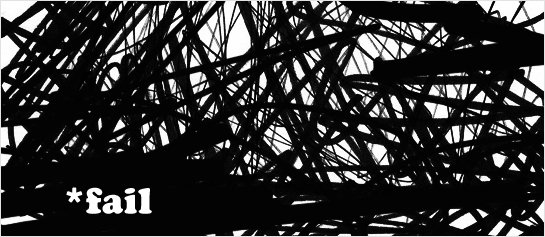
“It’s supposed to be hard. If it wasn’t hard, everyone would do it. The hard … is what makes it great.” -Tom Hanks, in A League Of Their Own
Here’s one of the reasons why I love baseball: Even the very best players, the absolute pinnacle guys — Mickey Mantle, Tony Gwynn, Ryne Sandberg, they all failed basically 70% of the time. Hitting .300 for a career pretty much gives you enshrinement into the Baseball Hall of Fame, but that works out to only getting a hit about 1/3 of the time. That’s a 70% failure rate. These players are the cream of the crop, but they have to learn to live with failure. They breathe it. It follows them around, sleeps in their beds. A 70% failure rate is pretty high, but these guys endure it and push through to levels of greatness, even though failure dogs them at every turn.
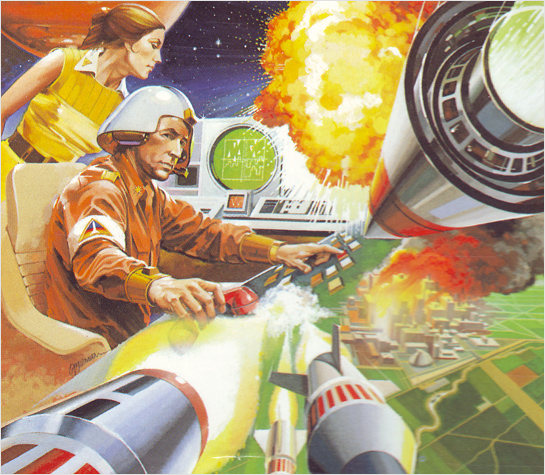
My Dad brought home our first video game system in 1983, when I was but five years old. The Atari 2600 had already become a gigantic, category-defining success, spawning a whole new industry of home video games. In the six years since its release, Atari had used its marketing muscle in TV commercials, ads in comic books and magazines, and I wanted one. From the moment my Dad pulled out the box from Video King, I was hooked.
A Gap In Understanding
By now you’ve heard from many corners of the Internet about Gap’s failed rebranding effort, their response, and eventual recanting. Large corporate rebrandings, their challenges, and failures are nothing new. But the particular way in which Gap presented, backpedaled and reversed leaves our heads spinning. The drama has played out in the blogosphere, on Facebook and in the media. Hopefully Gap has learned something and closed what seems to be a (pardon the pun) gap in the understanding of their own brand.
Read on…